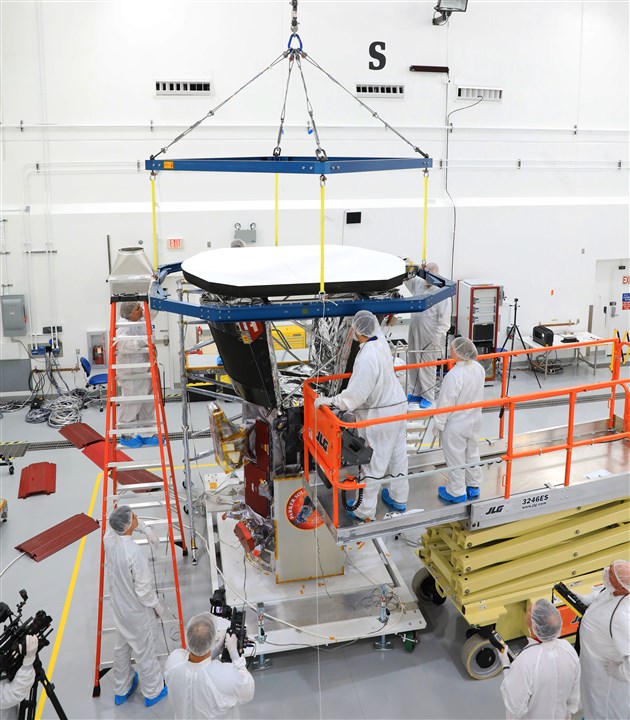
This image shows the Parker Solar Probe's milestones as it travels closer to the Sun. (Image Credit: NASA's Goddard Space Flight Center/Mary P. Hrybyk-Keith)
On April 28th, 2021, NASA's Parker Solar Probe crossed the Sun's Alfvén critical surface, entering the outermost atmosphere known as the corona for the first time in human history. While there, the spacecraft's instruments managed to sample particles and measure the Sun's magnetic field fluctuations. This information can provide scientists with new insights into the solar wind's origin and the corona's heat.
"Parker Solar Probe "touching the Sun" is a monumental moment for solar science and a truly remarkable feat," said Thomas Zurbuchen, the associate administrator for the Science Mission Directorate at NASA Headquarters in Washington. "Not only does this milestone provide us with deeper insights into our Sun's evolution and its impacts on our solar system, but everything we learn about our own star also teaches us more about stars in the rest of the universe."
The probe entered the Alfvén critical boundary 8 million miles above the Sun's photosphere. Its data indicates that it entered and exited the boundary three separate times over a five-hour period. The Sun's magnetic field grew stronger inside the corona and controlled the movement of the particles.
Researchers say that some mysterious occurrences take place in the corona. For example, the Sun's photosphere temperature reaches over 10,000°F. That temperature increases to a million degrees or more within the corona. Another puzzling mechanism that occurs in this region involves charged particles' outward flow accelerating into a supersonic wind.

The carbon heat shield allows the spacecraft to withstand extreme heat by reflecting it away from the instruments. (Image Credit: NASA/Glenn Benson)
But how does the spacecraft survive the Sun's intense heat? The Parker Solar Probe has an onboard 72 kg heat shield with a carbon-carbon top and bottom sheet that allows the spacecraft to withstand extremely high temperatures, up to 2,500°F. A carbon foam with 97% empty volume space sits between these sheets. This 11.5-cm-thick structure reduces heat conduction.
Engineers carefully applied a thin white ceramic paint coating on the probe's frontal surface to repel as much light as possible. Temperatures significantly drop to approximately 86°F behind the heat shield. However, this huge temperature gradient between the front and back could lead to extreme mechanical stress. Engineers solved this issue by deploying flexible joints to provide the probe with bending capabilities in response to those thermal forces.

The solar probe mated to the third stage on July 11th, 2018. It entered the Sun's corona for the first time on April 28th, 2021. (Image Credit: NASA/Glenn Benson)
The team behind the Parker probe plans to collect more data in the future as it dives deeper into the Sun's corona. The probe will fly approximately 3.83 million miles above the Sun's surface during its final orbit in 2025.
Have a story tip? Message me at: http://twitter.com/Cabe_Atwell
